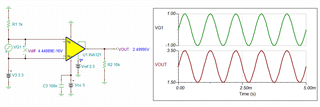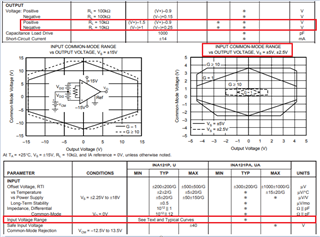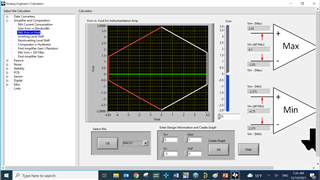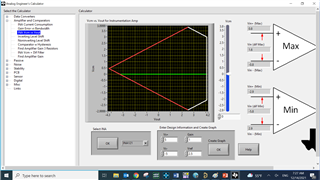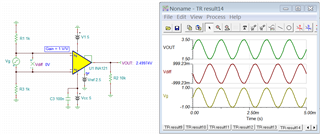Hi, I'm trying to find a way to use an INA121 with only a single voltage supply. I've created a simple Tine-TI simulation of an INA121 with a +- 5V dual supply and everything simulates exactly as I would expect. But if I try to change the supply to a single +5V and set the reference pin to 2.5V with the negative supply pin at ground, with the same sinusoidal input, I get only a dc output of +2.5 volts.I've read that the 121 is strictly dual polarity, but I've also seen references to its use with a single supply. Any help with this issue would be appreciated.
-
Ask a related question
What is a related question?A related question is a question created from another question. When the related question is created, it will be automatically linked to the original question.


